( SAMPLE PHOTOS ) This is for a used JDM 2000-2005 Toyota Celica GTS, Corolla XRS, Matrix XRS, Pontiac Vibe GT 2ZZ-GE 1.8L VVTI engine only,
90 DAY WARRANTY
The 2ZZ-GE is a 1.8 L (1796 cc or 109.6 in³) version built in Japan.
- Bore is 82 mm (3.23″)
- Stroke is 85 mm (3.35″).
- It uses MFI fuel injection, has VVTL-i, and features forged steel connecting rods. Compression ratio is 11.5:1, necessitating “premium” gasoline
Unique to the ZZ family, the 2ZZ-GE utilizes a dual camshaft profile system (the “L” in VVTL-i, known by enthusiasts and engineers alike as “lift”) to produce the added power without an increase in displacement or forced induction. The 2ZZ-GE was the first production engine to combine cam-phasing variable valve timing with dual-profile variable valve timing in the American market.
Toyota commissioned Yamaha to design the 2ZZ-GE, based on Toyota’s ZZ block, for high-RPM operation and producing a power peak near the top of the RPM range. The high-output cam profile is not activated until approximately 6,200 rpm, (lift set-points are between 6,000-6,700 rpm depending on the vehicle) and will not engage until the engine has reached at least 60° celsius (140° fahrenheit.) The Toyota PCM electronically limits RPM to about 8200 RPM via fuel and/or spark cut. The “lift” engagement and the engine redline vary by application. Lotus 2ZZ-GEs are rev limited to 8500 RPM, for example, whereas Celicas were rev limited to 7900 to 8200 RPM in North America, depending on the model year. The first Japanese versions were rev limited to 8600 rpm with a peak of 190 hp. Consequently, it is impossible to “over-rev” the engine with the throttle alone; a downshift from a higher gear must be involved. A typical “over-rev” can damage the oil pump, commonly disintegrating the lobe ring, resulting in damage similar to the picture at right. The oil pump is the Achilles heel of the 2ZZ, though incidents are rare and usually occur due to fault of the driver. Even the briefest period of oil starvation is usually fatal to this engine design.
High pressure cast aluminum alloy engine block had Metal Matrix Reinforced (MMC) cylinder walls. MMC is a reinforcement material composed of ceramic parts and fibers.
For the first few years of production, the engines were notorious for failing “lift bolts”. This did not damage the engine, but would hamper performance as the high output cam profile was unable to properly engage. Toyota fixed the problem in late 2002 with a redesigned bolt that was installed on later engines. Earlier engines with the problematic bolts can be fixed via a Toyota-issued TSB simply requiring the new bolt to be installed in place of the old one.
The 2004 and newer Matrix and Corolla XRS models were equipped with smog pumps and have an extra hole above each exhaust port in the engine head and manifold where air is injected to achieve complete fuel burning before the exhaust stream reaches the catalyst. All 2ZZ-GE heads from 03/03 onwards carry this modification even if the vehicle does not have the air injection system.
OTHER APPLICATIONS:
- Toyota Celica SS-II (Japan, 187 hp/190 PS)
- Toyota Celica GT-S (USA, 180 hp)
- Toyota Corolla XRS (USA, 164/170 hp)
- Toyota Matrix XRS (USA, 164-180 hp)
- Pontiac Vibe GT (USA, 164-180 hp) WiLL VS 1.8 Lotus Elise Lotus Exige Lotus 2-Eleven
(THIS ENGINE IS HAND PICKED AND IMPORTED FROM JAPAN WITH APPROX. 45-65 THOUSAND MILES ON IT)























Reviews
There are no reviews yet.